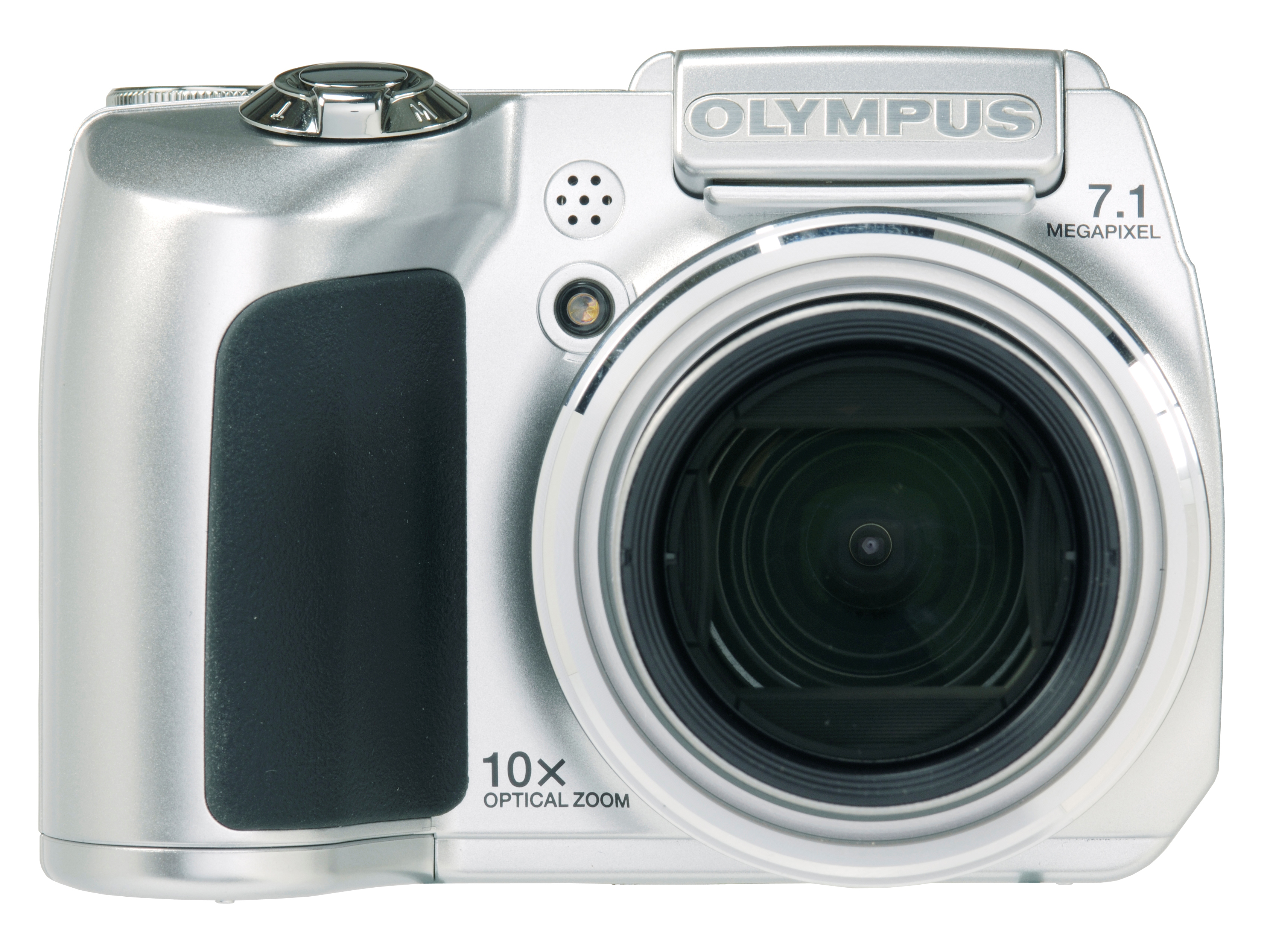TechRadar Verdict
Olympus has given us a good zoom range but hasn't adequately backed it up with image-stabilisation
Pros
- +
10x optical zoom
21 simple point-and-shoot modes
Cons
- -
Lacks true optical image stabilisation
Limited internal memory
Poor image performance at maximum ISO
Why you can trust TechRadar
Despite the increasing affordability of digital SLRs, manufacturers are still populating the middle ground with bridge cameras or 'super zooms' - enthusiasts' models with enough photographic flexibility to prevent users bemoaning that they should have saved up for a Nikon D80 instead.
However, as the price gaps are narrowing, manufacturers are under pressure to come up with increasingly compelling arguments - and Olympus believes it has one in the SP-510UZ.
The talking point here isn't really the lens range, though equivalent to 38-380mm in 35mm terms is respectable for its class. It isn't the price, either, though at £260 it's fair. No, what's really got tongues wagging is that maximum ISO 4000, achievable via BrightCapture technology.
Picking up the SP-510UZ, the first thing you notice is that the budget price is betrayed by its plastic build, though inserting four AA batteries into the side grip adds to its solidity. A rubber patch on the grip and encircling the lens barrel prevents fingers slipping in the heat of the action.
Although its overall size and SLR-styling recall Sony's well-received Cyber-shot H2, the SP-510UZ's buttons are generally smaller, requiring fingertip operation in the case of those to the rear.
The camera powers up quickly enough, taking a couple of seconds for the 2.5-inch LCD to blink into life and the 10x lens to extend to maximum wide-angle with an audible whirr. As long as the previous image has been committed to card there's little noticeable shutter delay, and write speed for a maximum- resolution JPEG is a respectable couple of seconds (a RAW option takes longer at six seconds).
Images can either be composed via the screen or the clear electronic viewfinder, with a dedicated button enabling rapid shifting between them when the sun spoils the fun. With a telephoto equivalent to 380mm, you'd expect some form of image stabilisation factored in. This is found via the Digital Image Stabilisation mode, but it's not a true CCD - shift or optical stabilisation - the camera merely selects a higher ISO.
In the details
Read a little further than that headline ISO and the disappointing truth dawns that up to a 'mere' ISO 1600 is achievable at full 7.1MP, and that utilising ISO 2500 or ISO 4000 is only manually possible in 3-megapixel mode, which feels like a cheat.
Likewise, should anyone need a larger zoom still, Olympus has included a Fine Zoom option that purportedly boasts that it's an equivalent of 15x, the inevitable caveat being that resolution again drops to 3-megapixels as the image is cropped.
Cushioning the blow for the point-and-shoot brigade are 21 scene modes, with pre-optimised settings for common subjects and conditions. Next on the mode dial is one marked 'Guide', which explains usefully what each setting does for novice users.
Budget for an xD card as you'll only get four highest resolution, least compression JPEGs on the internal memory or two 10MB RAW files (data in ORF format). Interestingly, JPEGs can be shot alongside RAW - just like the latest generation of 'real' DSLRs.
Although the 10x zoom is a bonus there's occasional image softness when shooting at the telephoto end of the zoom and noise is visible in shadow detail. Images at ISO 4000 look more like Pointillist paintings rather than photos and, in truth, the camera finds ISO 800 and above a stretch.
The SP-510UZ might not be a wholly successful attempt at a compact that behaves like an SLR, but it's packed with more features and innovations than typically found at this price point (you can even use it as an alarm clock), making it excellent value for money.
Via PhotoRadar
Tech.co.uk was the former name of TechRadar.com. Its staff were at the forefront of the digital publishing revolution, and spearheaded the move to bring consumer technology journalism to its natural home – online. Many of the current TechRadar staff started life a Tech.co.uk staff writer, covering everything from the emerging smartphone market to the evolving market of personal computers. Think of it as the building blocks of the TechRadar you love today.
